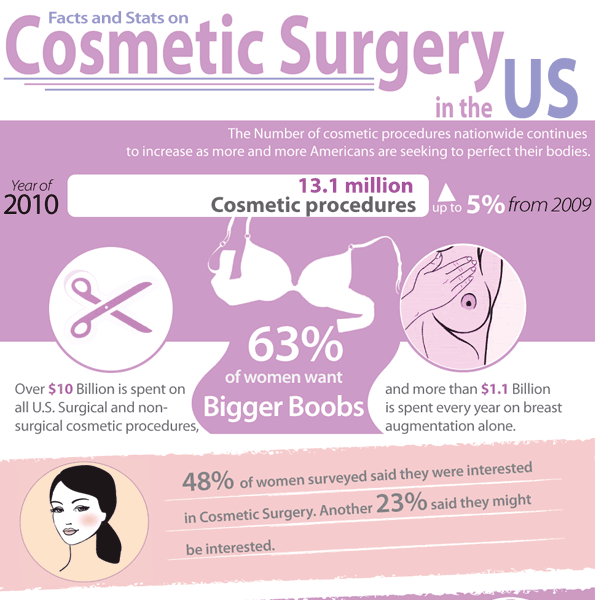Low Glycemic Diet For Acne
Low Glycemic Diet For Acne
Blog Article
Hormone Acne - What is Hormone Acne?
Hormone acne is characterized by clogged pores and oily skin that generally appears on the chin and jawline. It takes place when hormone modifications trigger swelling and bacterial overgrowth within hair roots.
Outbreaks might look like whiteheads, blackheads, papules or pustules and cysts or nodules in much more severe instances. It is extra common in teens going through adolescence however can impact adults of any type of age.
What Triggers Hormone Acne?
While acne can be brought on by a selection of factors, including using hair and skin care products that aren't oil-free or made with ingredients that could clog pores, genetic tendency, diet plan,2 and anxiety, the origin is changing hormonal agents. Hormone acne takes place when the body experiences hormone adjustments and variations that cause an overflow of sebum, which creates swelling, boosted development of germs and modifications in skin cell activity.
Hormonal acne is typically discovered on the lower jawline, cheeks and neck but can show up anywhere on the body. It is identified by imperfections that are cystic, painful and filled with pus or various other product. It is additionally more probable to take place in ladies than guys, particularly during puberty, the menstrual cycle, pregnancy or menopause.
Age
While several children experience acne at some time throughout adolescence, it can continue to afflict adults well right into the adult years. Called hormone acne, this type of breakout is tied to fluctuations in hormonal agents and is commonly most usual in ladies.
Hormonal acne occurs when oil glands produce way too much sebum, which blocks pores and traps dead skin cells. This leads to the development of imperfections, such as whiteheads, blackheads and papules, pustules, cysts or blemishes, deep under the surface.
This type of blemish usually creates discomfort, redness and inflammation. It might likewise be cyclical and show up around the very same time monthly, such as right before your duration begins. This is since levels of women hormonal agents like progesterone and oestrogen vary with each menstrual cycle.
Menstruation
Hormonal acne generally shows up in the reduced part of your face, along the jawline and cheeks, as whiteheads, blackheads or inflammatory pimples (acnes and cysts). It's probably to appear around the moment when your menstruation changes.
Specifically around ovulation, when estrogen and progesterone degrees are on the rise, hormonal agent changes can cause outbreaks. However it's also feasible to obtain acne at any factor during your 28-day menstrual cycle.
If you see that your hormonal acne flare right prior to your period, attempt observing when exactly this takes place and see if it connects to the phases of your 28-day menstrual cycle. This will certainly assist you determine the source of your skin troubles. As an example, you may want to service balancing your blood sugar level and eliminating high-sugar foods, or take into consideration a prescription medicine like spironolactone that can regulate your hormonal agents.
Pregnancy
Expanding an infant is a time of dramatic hormone changes. For several ladies, this includes a flare-up of hormone acne. This type of outbreak usually starts in the very first trimester, around week six. It's brought on by hormone rises that promote sweat glands to make more oil, which click here can obstruct pores and trigger even more germs to build up.
Outbreaks may additionally occur as a result of pre-existing problems like polycystic ovary syndrome, which can likewise be an issue while pregnant and menopause. Also, some sorts of birth control pills (such as Ortho Tri-Cyclen and YAZ) can activate hormonal acne in some females.
Fortunately, the majority of acne treatments are "no-go" for expectant women (consisting of prominent acne-fighting active ingredients such as isotretinoin and spironolactone). But if you can not prevent those aggravating bumps, your doctor may recommend dental erythromycin or cephalexin, which are secure during pregnancy.
Menopause
As ladies come close to menopause, the estrogen degrees that caused their hormonal agent acne to flare up throughout puberty begin to maintain and decrease. At the same time, nevertheless, a spike in androgens (additionally known as male hormonal agents) takes place due to the fact that these hormones can't be exchanged estrogen as effectively as previously.
The unwanted of androgens can set off oil manufacturing by the sweat glands, which blocks pores. When the clogged up pores become irritated and aggravated, a pimple types.
Hormone acne is typically seen on the face, especially around the chin and jawline, yet it can occur on the neck, back, shoulders, or breast. This sort of acne tends to flare up in an intermittent pattern, similar to the menstrual cycle. Anxiety, which increases cortisol and throws hormonal agents out of equilibrium, also contributes to the outbreaks.